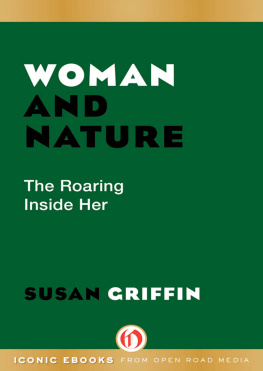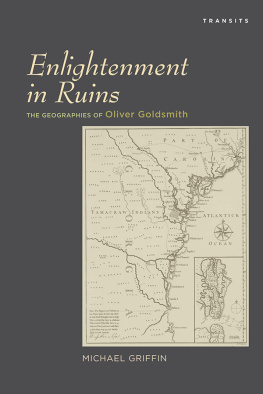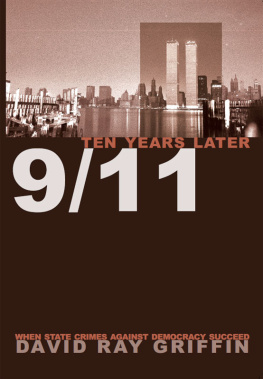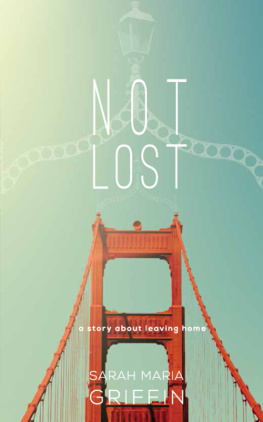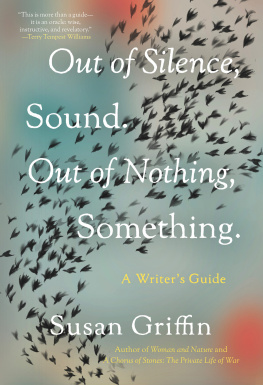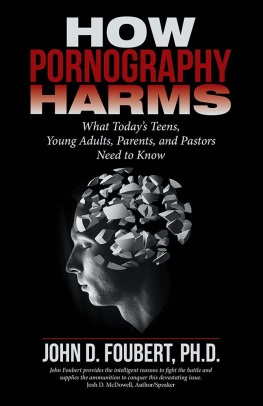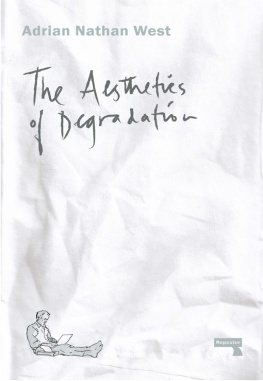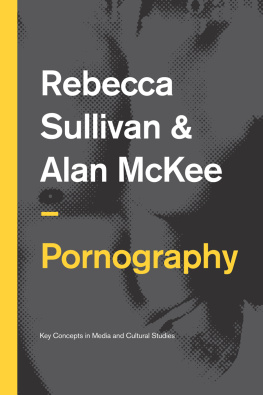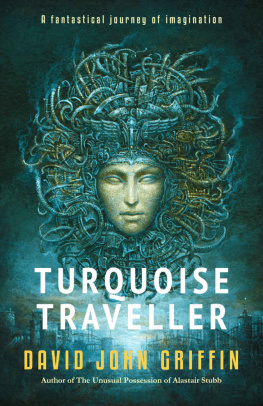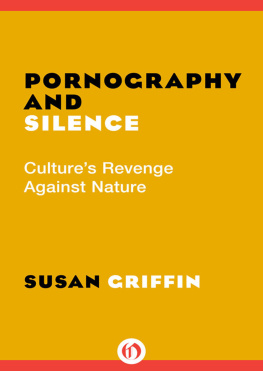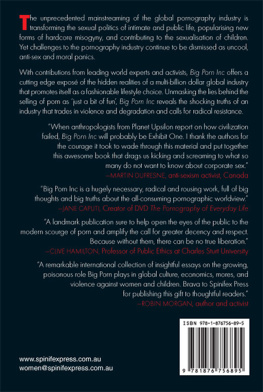Pornography and Silence
Cultures Revenge Against Nature
Susan Griffin

CONTENTS
seeking what we once knew,
we know ultimately we will find
H.D., The Flowering Rod
For Kim Chernin,
who turns to look in the same direction,
with deep love
PROLOGUE
One is used to thinking of pornography as part of a larger movement toward sexual liberation. In the idea of the pornographic image we imagine a revolution against silence. We imagine that eros will be set free first in the mind and then in the body by this revelation of a secret part of the human soul. And the pornographer comes to us, thus, through history, portrayed as not only a libertine, a man who will brave injunctions and do as he would, but also a champion of political liberty. For within our idea of freedom of speech we would include freedom of speech about the whole life of the body and even the darkest parts of the mind.
And yet, though in history the movement to restore eros to our idea of human nature and the movement for political liberation are parts of the same vision, we must now make a distinction between the libertines idea of liberty, to do as one likes, and a vision of human liberation. In the name of political freedom, we would not argue for the censorship of pornography. For political freedom itself belongs to human liberation, and is a necessary part of it. But if we are to move toward human liberation, we must begin to see that pornography and the small idea of liberty are opposed to that liberation.
These pages will argue that pornography is an expression not of human erotic feeling and desire, and not of a love of the life of the body, but of a fear of bodily knowledge, and a desire to silence eros. This is a notion foreign to a mind trained in this culture. We have even been used to calling pornographic art erotic. Yet in order to see our lives more clearly within this culture, we must question the meaning we give to certain words and phrases, and to the images we accept as part of the life of our minds. We must, for example, look again at the idea of human liberation. For when we do, we will see two histories of the meaning of this word, one which includes the lives of women, and even embodies itself in a struggle for female emancipation, and another, which opposes itself to women, and to the other (men and women of other races, the Jew), and imagines that liberation means the mastery of these others.
Above all, we must look into the mind that I will call the chauvinist mind, which has defined this second use of the word human to exclude women, and decipher what the image of woman, or the black, or the Jew, means in that mind. But this is why I write of pornography. For pornography is the mythology of this mind; it is, to use a phrase of the poet Judy Grahn, the poetry of oppression. Through its images we can draw a geography of this mind, and predict, even, where the paths of this mind will lead us.
This is of the greatest importance to us now, for we have imagined, under the spell of this mind, in which we all to some degree participate, that the paths this mind gives us are given us by destiny. And thus we have looked at certain behaviors and events in our civilization, such as rape or the Holocaust, as fateful. We suspect there is something dark and sinister in the human soul which causes violence to ourselves and others. We have blamed a decision made by human culture on our own natures, and thus on nature. But instead, what we find when we look closely at the meanings of pornography is that culture has opposed itself in violence to the natural, and takes revenge on nature.
As we explore the images from the pornographers mind we will begin to decipher his iconography. We will see that the bodies of women in pornography, mastered, bound, silenced, beaten, and even murdered, are symbols for natural feeling and the power of nature, which the pornographic mind hates and fears. And above all, we will come to see that the woman in pornography, like the Jew in anti-Semitism and the black in racism, is simply a lost part of the soul, that region of being the pornographic or the racist mind would forget and deny. And finally, we shall see that to have knowledge of this forbidden part of the soul is to have eros.
But the pornographic mind is a mind in which we all participate. It is the mind which dominates our culture. A mind which speaks to us through philosophy and literature, through religious doctrine and art, through film, through advertisement, in the commonest gestures, in our habits, through history and our ideas of history, and in the random acts of violence which surround our lives. And that is why this book must be written as we, using this plural voice, as if we were a group of beings who shared some fate. For although we are assigned different parts in the pornographic dramamyself as pariah, perhaps you as conquerer, or you as victimwe are all imagined in this mind and the images of this mind enter all our minds.
A womans mind ought to be surprised by pornography, for most women do not read pornography. We do not even enter those places or neighborhoods where it is sold. Still, when we first see these images, this mythos, this language, we are shocked only by a shock of recognition. We knew all these attitudes before (though we did not know, or did not want to know, this mind would go so far). We read on the jacket of an American book that the narrative speaks of Captive Virgins and Heroic He-Men. Another book, entitled Fatherly Love, describes two adolescent girls who become the lovers of older men. In the language of a French pornographer we read of a woman that the state her heart and mind might be in absolutely doesnt matter. In a pornographers voice we come upon the confession that I use a woman out of necessity as one uses a round and hollow receptacle for a different need. We see a pornographic film in which women are transformed into animals, and whipped into submission by a trainer.
For the pornographic mind is the mind of our culture. In pornography we find the fantasy life of this mind. So, in a reviewers observation that both D. H. Lawrence and Henry Miller had a definite physical love for women and a definite spiritual love for men, we can find ourselves in equal proximity to both pornography and church doctrine. The pornographer reduces a woman to a mere thing, to an entirely material object without a soul, who can only be loved physically. But the church, and the Judeo-Christian culture, give us the same ethos. For we read in church doctrine that the man is the head and the wife the body, or that woman is the known, whereas man is the knower. At one end of this spectrum or another, as pornographer, in fantasy, as the beings on whom these images are projected, our minds come together in culture, as we are shaped by the force of images and through the events which these images effect.
Let us consider six lives, for instance, six lives famous to us and filled with emblematic meaning for our own lives. The life of the writer Kate Chopin. The life of the painter Franz Marc. The life of the pornographer Marquis de Sade. The life of the actress Marilyn Monroe. The life of a man who raped a young woman and cut off her arms, Lawrence Singleton. And the life of Anne Frank. We know of these lives that only accident has kept us from living out their tragedies. On some level of our minds, without thinking, without questioning, we have assumed that the shapes of these lives were inevitable, just as the shape of our culture appears to us, in our dream of an existence, as inevitable.


